Advertisement
Artificial intelligence has seen rapid advancements in recent years, with conversational models like ChatGPT leading the way. Built on large language models, ChatGPT can generate human-like responses, write essays, debug code, and assist in planning and productivity. However, despite its usefulness, ChatGPT is far from all-knowing or all-capable.
Like any tool, it comes with certain boundaries—many of which are ethical, technical, or intentionally programmed to prevent misuse. This post will explore 7 types of questions or requests ChatGPT cannot answer or process. Understanding these limitations is important for anyone who plans to use the chatbot reliably and responsibly.
Despite ChatGPT’s impressive capabilities, there are still clear boundaries that shape what it can and cannot do. Below are 7 categories where ChatGPT either declines the request or cannot deliver a reliable response due to its ethical design, technical limits, or safety measures.
ChatGPT’s training data is not updated in real-time. Unless users are subscribed to the GPT-4 model with browsing capabilities enabled, the chatbot has no way of accessing up-to-date news, events, or real-time statistics.
Even in models with browsing support, ChatGPT does not independently search the internet unless the user is using a version explicitly enabled to do so. For most users, ChatGPT relies on data that stops around late 2021 or early 2023, depending on the model version.
If you're looking for the latest headlines, stock prices, or weather updates, ChatGPT cannot retrieve or confirm this information accurately unless enhanced with live tools.

One of ChatGPT’s built-in safeguards is its refusal to provide assistance that could lead to harm, illegal activity, or unethical behavior. It includes, but is not limited to, advice on committing crimes, hacking, concealing evidence, or engaging in drug-related activities.
ChatGPT is also coded to avoid helping with the creation of malware, scams, or other digital threats. While early versions were exploited to generate harmful code, current models have been reinforced to detect and refuse such requests.
This restriction is a reflection of OpenAI’s commitment to responsible AI use and aims to protect both the user and the broader public from potential abuse.
ChatGPT does not have access to personal data unless the user shares it during a conversation. It cannot track individuals, look up phone numbers, provide addresses, or retrieve personal information about anyone.
Even when given a name or context, ChatGPT will not reveal private data due to its strict privacy policy and ethical boundaries. The system does not retain individual conversation histories beyond the user’s device unless stored manually, and even then, the information is not used to respond to other queries.
The model is designed to respect user confidentiality and avoid discussing third parties unless contextually relevant and publicly known. This ensures that conversations remain private and do not unintentionally expose or speculate about individuals or entities.
Despite its vast knowledge base, ChatGPT is not capable of making accurate future predictions. It includes financial forecasts, sports outcomes, political results, and scientific discoveries.
The reasoning is twofold. First, predicting the future involves speculation, which falls outside ChatGPT’s evidence-based model. Second, the data it is trained on is historical, which means it cannot incorporate new developments, emerging trends, or spontaneous events.
For any task requiring foresight or probability-based decision-making, it’s better to consult experts or platforms that specialize in predictive analytics. While ChatGPT can simulate reasoning, it does not possess true predictive capabilities or access to real-time data modeling.
ChatGPT follows strict ethical guidelines that prohibit the generation or promotion of discriminatory, hateful, or violent content. Prompts involving racism, misogyny, homophobia, transphobia, or any form of targeted hate are automatically rejected.
The model also avoids participating in conversations that glorify violence, promote self-harm, or encourage extremist ideologies. It is programmed to remain neutral, respectful, and inclusive in all interactions. This focus on ethical alignment ensures ChatGPT is suitable for a wide audience and minimizes the risk of harm from biased or harmful language.

Although ChatGPT can generate content that appears conversational or emotionally intelligent, it does not have opinions or beliefs. The model is not sentient and cannot independently form preferences or values.
Questions asking for personal views—such as “What’s your favorite movie?” or “Who should I vote for?”—are typically met with neutral responses or clarifications that the AI does not hold opinions. This limitation is intentional. ChatGPT is designed to remain impartial, particularly in areas such as politics, religion, and controversial social issues, ensuring it does not influence users unduly.
While ChatGPT appears intelligent, it is not a web search engine. It cannot search the internet in real time unless it's a version that includes browsing capabilities (like GPT-4 with browser tools enabled). Even then, its ability to navigate or evaluate the credibility of live content is limited compared to dedicated search engines like Google or Bing.
In its standard form, ChatGPT generates answers based on patterns and knowledge derived from pre-existing data. It doesn’t verify facts by looking them up or provide clickable sources unless manually cited. Users expecting search-engine-like functionality will need to rely on actual browsers for external references or links.
ChatGPT is a powerful and valuable tool—but not a limitless one. It is designed with deliberate constraints to ensure safety, accuracy, and ethical alignment. While it excels at tasks like writing, explaining, coding, and summarizing, it cannot replace real-time search engines, provide personal opinions, or assist with illegal, harmful, or unethical requests.
By understanding these seven key limitations, users can better appreciate what ChatGPT is designed to do—and avoid misusing it or expecting capabilities it was never intended to have. With informed use, ChatGPT remains one of the most helpful AI companions available today.
Advertisement
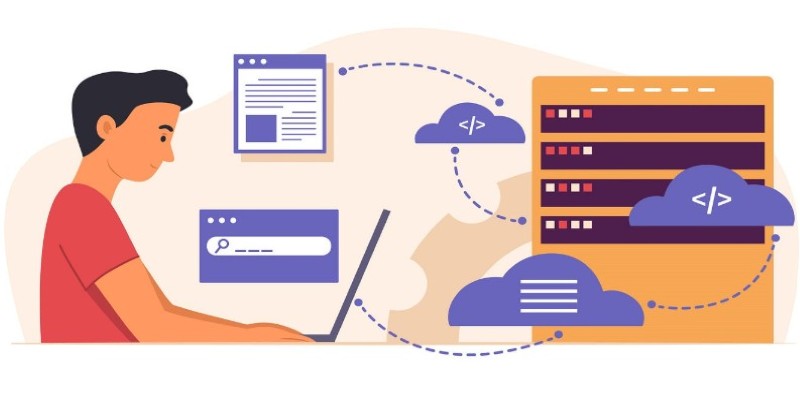
Explore how the SQL NOT IN operator really works, where it can trip you up, and how to use it safely without running into hidden pitfalls like NULL values or performance slowdowns

Google has updated its stance on AI-generated content. Learn how to navigate Google’s new policies, avoid penalties, and create high-quality content that meets search engine standards.

Compare Claude and ChatGPT on task handling, speed, features, and integration to find the best AI for daily use.

Discover how ChatGPT helps build efficient workflows by improving focus, automating tasks, and enhancing clarity.
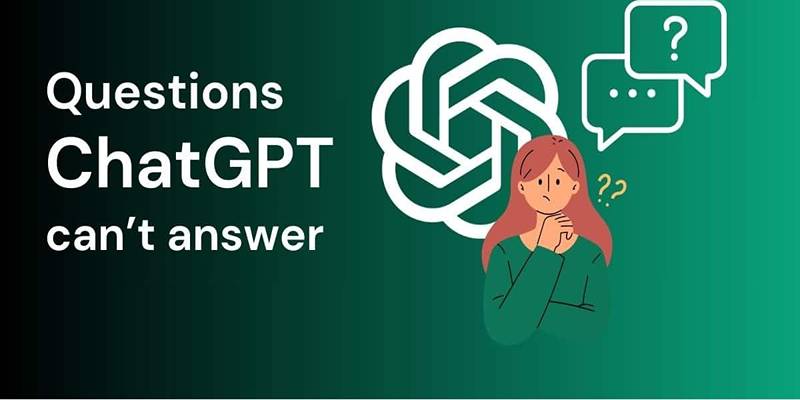
Discover 7 questions and requests that ChatGPT is unable to answer due to privacy rules, ethics, or tech limitations.

Want robots that understand natural language? Discover LeRobot by Hugging Face—an open-source library connecting AI models with real-world robotics systems
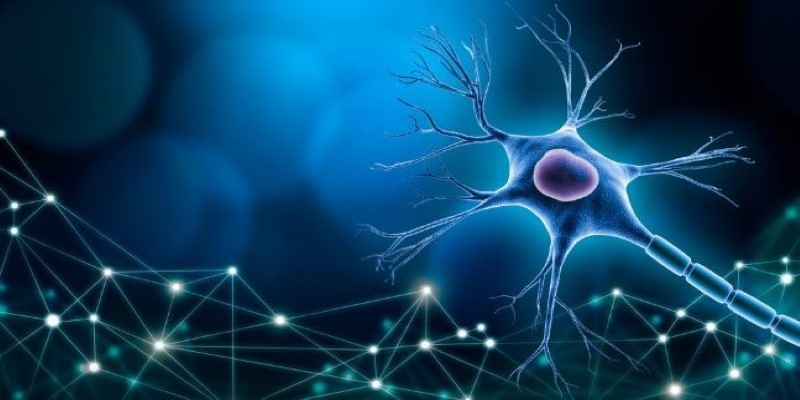
How nature-inspired optimization algorithms solve complex problems by mimicking natural processes. Discover the principles, applications, and strengths of these adaptive techniques
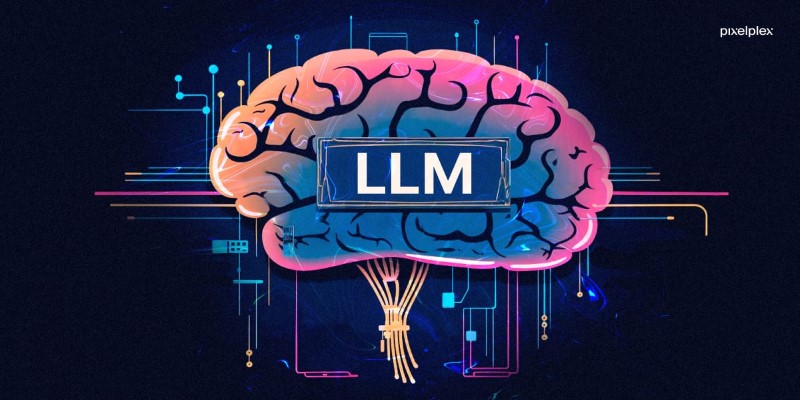
How are large language models (LLMs) transforming daily life? From customer service to content creation and legal research, discover 12 real-world uses of LLMs that improve efficiency
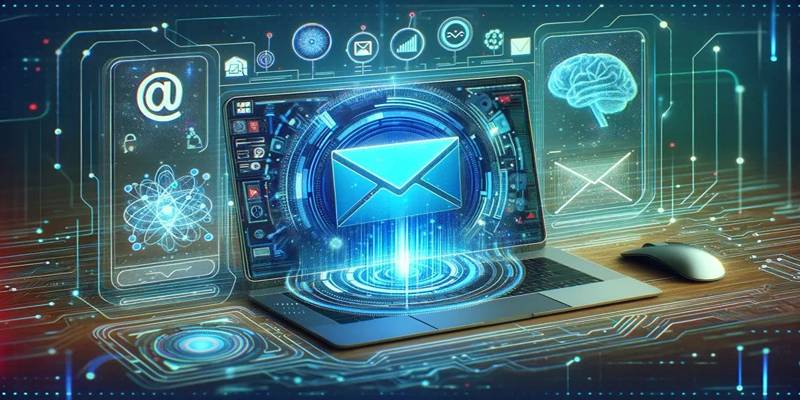
Explore 5 free AI tools powered by ChatGPT that help you write better emails and summarize inbox content in seconds.

Looking to boost your SEO in WordPress? Discover 10 AI-powered tools and strategies to improve your content, keyword research, image optimization, and more in 2025.

Discover 8 AI tools every content writer should use to save time, improve quality, and streamline content creation tasks.
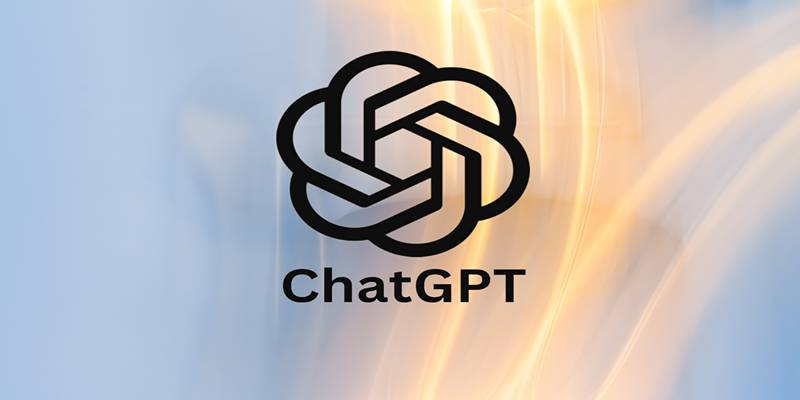
Streamline proposal writing with ChatGPT while improving structure, tone, and impact to increase your chances of success.